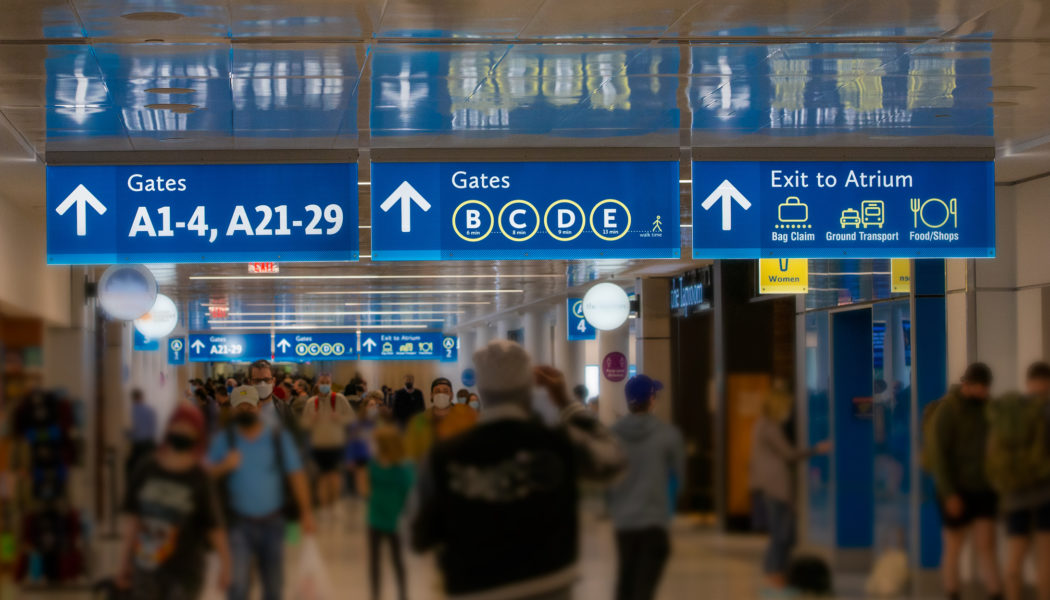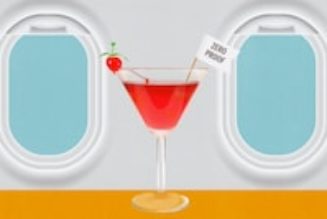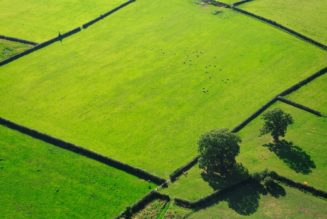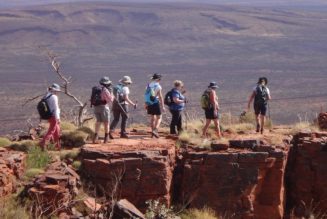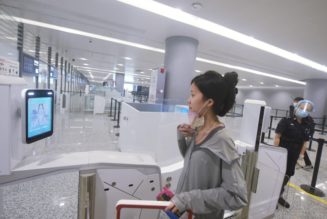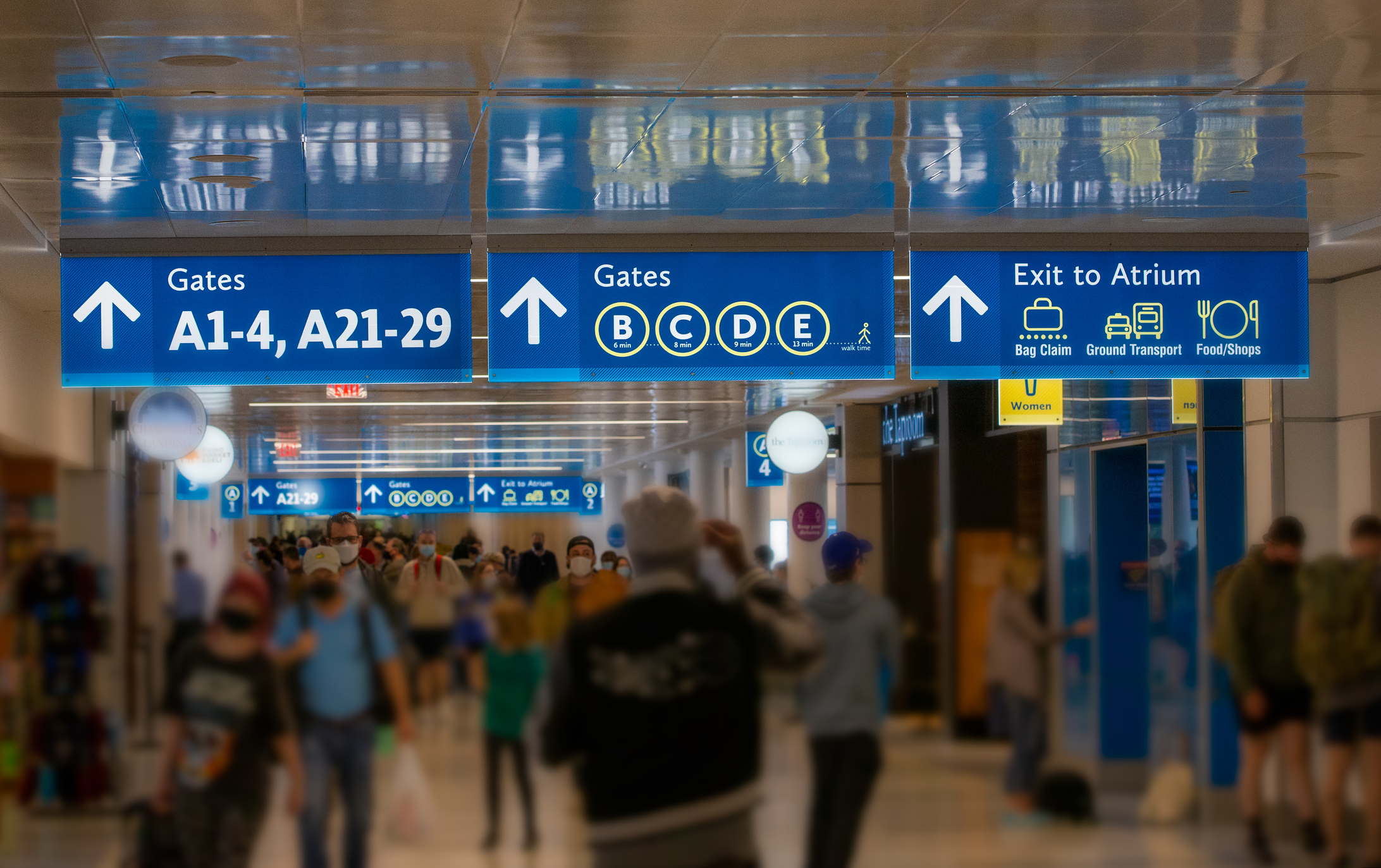
If you’ve traveled overseas recently, you might have been greeted upon your return by people in a handful of airport terminals in the U.S. recruiting passengers to get tested for the COVID-19 virus. It’s been a surprisingly productive way to keep track of how much COVID-19 might be entering the country, via travelers, as well as which variants they are bringing in.
Just in time for the busy holiday travel season, the program’s operators, the Centers for Disease Control and Prevention (CDC), Concentric by Ginkgo Bioworks (a Boston-based biotech firm), and XpresCheck, which recruits and tests the passengers, are expanding the screening to include viruses other than SARS-CoV-2. Since October, the program has been screening a subset of samples from travelers for influenza and RSV. Eventually, the program will phase in 30 more pathogens.
Since the program launched in 2021, the Traveler-based Genomic Surveillance (TGS) program has provided a crucial window into how the COVID-19 virus is circulating, especially since more people are relying on at-home tests that don’t require them to report results. About 6,000 passengers arriving in seven major international U.S. airports are tested each week on a voluntary basis. They also provide basic, non-identifying information about where their flight originated, and other countries included in their itinerary; and answer questions about their vaccination status, age, and whether they have been in close contact with anyone who tested positive for COVID-19 recently. People will be asked similar questions about flu and RSV.
So far, the program has enrolled more than 360,000 passengers and sequenced more than 14,000 samples and added these data to public genetic databases to help public health officials better understand how and where the virus is circulating. TGS detected the first case of the variant BA.2.86 coming into the U.S. in August, from a traveler arriving at Washington, D.C.’s Dulles airport from Japan, even before that country had detected any cases. It was also the first time that variant had been found outside of Denmark and Israel, where it was first reported.
“We’ve had quite a bit of success with the platform,” says. Dr. Cindy Friedman, chief of the Travelers’ Health Branch at CDC. “Travelers can help us to fill in gaps in our global surveillance because they get and spread germs as they travel. They give us an early look at what is coming into the country, and what is going on globally.” Because not all countries have strong infectious disease testing and surveillance programs, TGS is providing valuable information not just about what’s happening in the U.S. but around the world as well. “We’re not waiting for someone to get sick and then go see a health care provider or go to the emergency room,” says Friedman. “We are trying to get the data one step earlier.”
Friedman says she and her team are also not depending entirely on the altruism of passengers to submit to nasal swabs as they get off long transcontinental flights. Since launching in 2021, the program also collects and studies samples of wastewater from planes, and wastewater from the common drain into which planes discard their waste. Such collection can provide a more efficient way to track pathogens coming into the country, says Friedman, since “that one sample is representative of 200 to 300 people on that plane.” Friedman says her team is also investigating taking air samples from airports, which could push our knowledge about the global spread of pathogens even further.
In the latest iteration of the program, passengers at four airports—John F. Kennedy in New York, San Francisco International, Logan in Boston, and Dulles—volunteer to swab their noses and Ginkgo genetically analyzes any positive tests at its labs for the presence of SARS-CoV-2, influenza, and RSV. Scientists have just begun screening wastewater for these additional viruses as well. If those sequences show signs of mutations or other changes, they are sent to CDC labs in Atlanta for deeper analysis. As with the original COVID-19 testing, all of the genetic data are uploaded onto public genetic databases so researchers can study them.
Read more: There’s a Shortage of RSV Treatments. Here’s What Doctors Recommend
In coming years, the program will add testing for dozens of other viruses and bacteria, as well as for mutations that signal that viruses or bacteria have become resistant to existing treatments. Eventually, Friedman says her team is hoping take air samples from airports to provide additional data on pathogens, and to bolster the program’s ability to know where in the world pathogens are coming from, and whether the strains entering the country pose any threat to public health because existing treatments won’t be able to control them.
One group of such pathogens that will eventually be screened include the parainfluenzas, which can contribute to croup or pneumonia, and can be dangerous for young babies. “There are no public genomes for some of these respiratory pathogens—none for parainfluenza 3, for example, and none for human metapneumovirus—so we will be getting the first sequences that we are able to look at more closely,” says Casandra Philipson, a computational biologist at Concentric. “We’re excited about establishing a global baseline dataset for these viruses. The more we make public, the more we can contribute to better general knowledge about these pathogens.”
